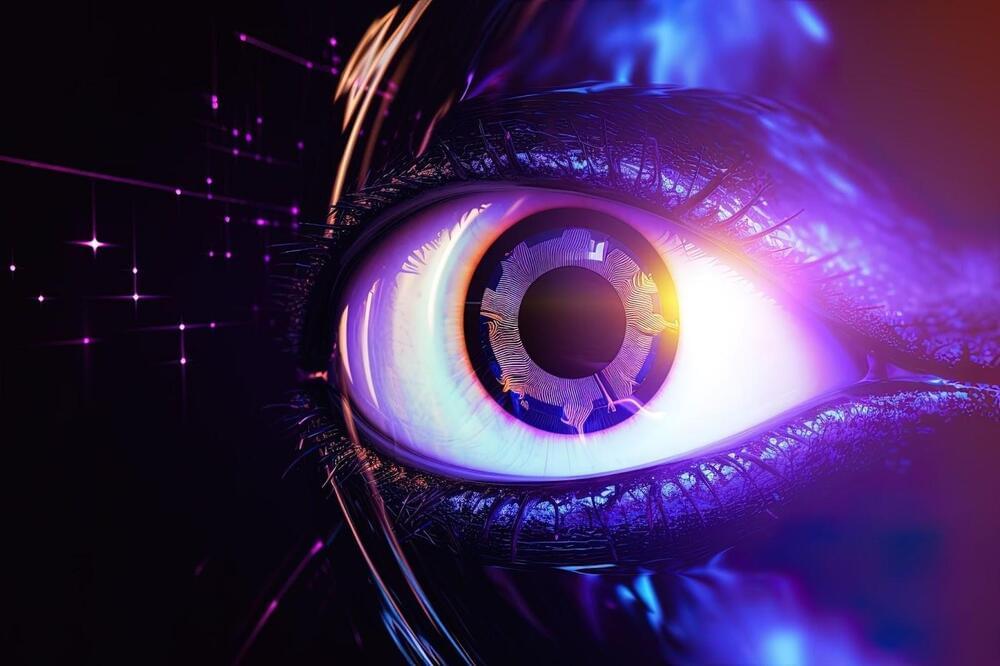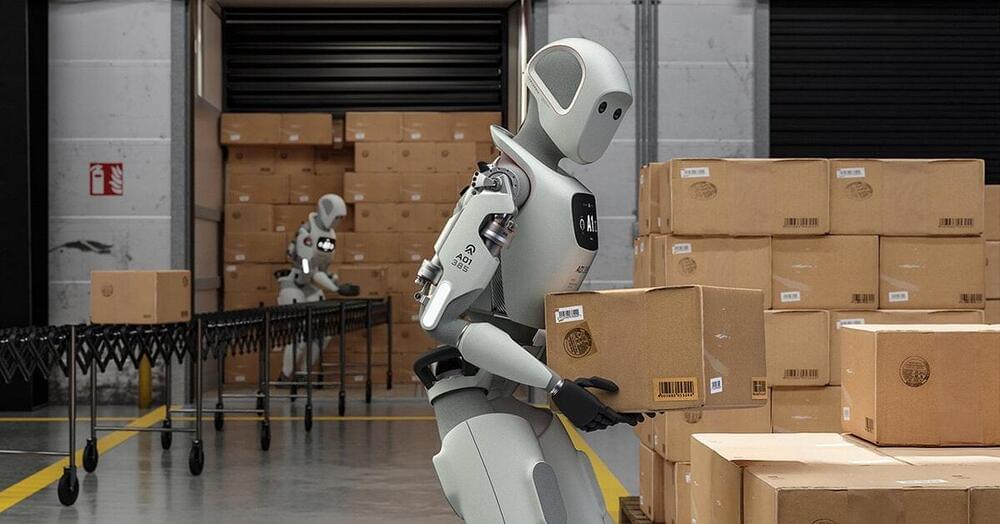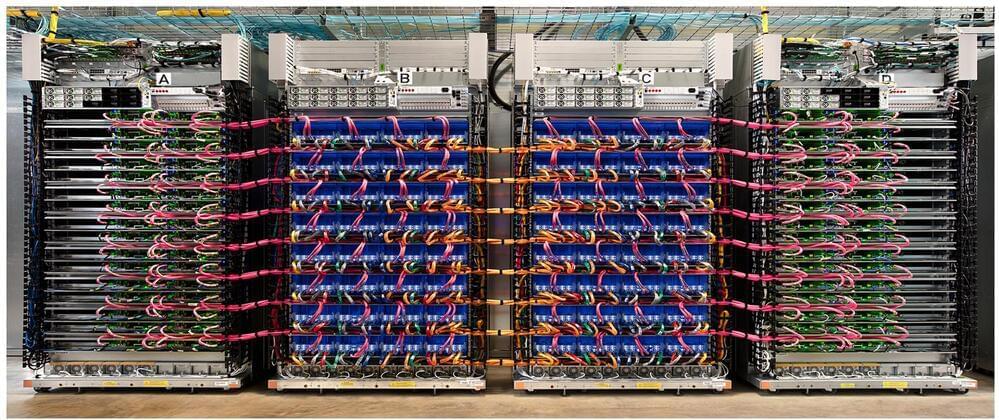According to a Mass Common Brigham news release, the study, published in the Journal of Medical Web Analysis, revealed that ChatGPT was around 72% correct when it came to common decision-making from the first point of contact with a patient.



Stem cells can be classified based on their ability to specialize. Totipotent stem cells can become any tissue in the body, pluripotent stem cells can become any cell type except for a complete organ, and multipotent stem cells can only differentiate into specific tissue types.
Induced pluripotent stem cells (iPSCs) show promise in treating retinal degenerative diseases. They are created by reprogramming adult cells using Yamanaka factors, allowing them to revert to an embryonic state. These cells provide a virtually unlimited cell source for research and potential therapies.
Scientists are researching several diseases and drug development applications for these cells, highlighting the characteristics that make them an ideal therapy for macular degeneration.

“Personalize or Perish.” One of the leading newspapers aptly summarizes the critical nature of personalization 2.0, or hyper-personalization for businesses.
We live in an era where customers expect businesses to understand their wants and needs. Today, companies must meet customers’ needs and anticipate and exceed them. And for this, they must pivot to a digital-first mindset to create stronger, more authentic customer interactions.
How do they do this? Through a hyper-personalized, AI-powered business strategy where products, ads, and interactions are tailor-made for each customer or a group of customers.

There is a joke about the daughter who asks her dad why he speaks so quietly around the house. “Because there is artificial intelligence everywhere that is listening to what we say,” the dad replies. The daughter laughs, the father laughs. And Alexa laughs.
Artificial intelligence does seem to be injecting itself into more and more aspects of our lives. And as AI brains earn the equivalent of a million doctoral degrees while absorbing trillions of bits of data and in turn generate responses with an engaging tone and demeanor that sound as simple and humanlike as your favorite old college professor, some feel compelled to ask: Are computers becoming sentient?
A cynic would respond, “Of course not. Computers may solve problems in seconds that would take humankind generations to solve, but they can’t feel love and pain, can’t see and appreciate the moon and the stars, can’t smell the coffee we spill on the keyboard.”

Researchers from Queen Mary University of London have made a discovery that could change our understanding of the universe. In their study published on August 23 in the journal Science Advances.
<em>Science Advances</em> is a peer-reviewed, open-access scientific journal that is published by the American Association for the Advancement of Science (AAAS). It was launched in 2015 and covers a wide range of topics in the natural sciences, including biology, chemistry, earth and environmental sciences, materials science, and physics.

Apptronik, a robotics company, has unveiled Apollo, a humanoid robot designed to support humans by undertaking hazardous or less desirable tasks, thereby enhancing human safety. Apollo stands out as a leading commercial robot, emphasizing friendly interaction, efficient manufacturing, substantial payload capabilities, and a strong focus on safety.

Researchers have pioneered a 3D-SPI method that allows high-resolution imaging of microscopic objects, presenting a transformative approach for future biomedical research and optical sensing.
A research team led by Prof. Lei Gong from the University of Science and Technology (USTC) of the Chinese Academy of Sciences (CAS) and collaborators developed a three-dimensional single-pixel imaging (3D-SPI) approach based on 3D light-field illumination(3D-LFI), which enables volumetric imaging of microscopic objects with a near-diffraction-limit 3D optical resolution. They further demonstrated its capability of 3D visualization of label-free optical absorption contrast by imaging single algal cells in vivo.
The study titled “Optical Single-Pixel Volumetric Imaging by Three-dimensional Light-Field Illumination” was published recently in the journal Proceedings of the National Academy of Sciences (PNAS).

More than 20 years ago, the human genome was first sequenced. While the first version was full of “holes” representing missing DNA sequences, the genome has been gradually improved in successive rounds. Each has increased the quality of the genome and, in so doing, resolved most of the blank spaces that prevented us from having a complete reading of our genetic material.
The fundamental difficulty researchers faced in reading the genome from end to end is the enormous number of repeated sequences that populate it. The 20,000 or so genes we humans have occupy barely 2% of the entire genome. The remaining 98% is essentially made up of these families of repeated sequences, mobile elements known as transposons and retrotransposons, and—to a lesser but functionally important extent— gene expression regulatory sequences. These function as switches that determine when and where genes are turned on and off.
In March 2022, a major revision of the genome was published in the journal Science. An international consortium of researchers known as “T2T” (telomere to telomere, which are the ends of chromosomes) used a novel strategy based a type of cell (CHM13) that retains only one copy of each chromosome.
Glacial cyclicity of the Earth has often been considered on 100,000 year timescales, particularly for the Late Pleistocene (~11,700 to 129,000 years ago) swapping between periods of extensive polar and mountain glacier ice sheets, to warmer interglacial periods when ice sheets and glaciers retreated, with subsequent sea level rise. This is thought to be related to three key drivers affecting the amount of solar radiation reaching Earth from the sun.
Termed Milankovitch cycles, eccentricity considers the shape of Earth’s orbit changing from circular to more elliptical over 100,000 year timescales, while obliquity refers to the varying ‘tilt’ of the planet’s axis between 22.1 and 24.5 degrees over 41,000 years (contributing to seasons) and precession, which in simple terms is the direction Earth’s axis is pointed and can make the contrast between seasons more extreme in one hemisphere compared to the other.
While the eccentricity cycle has been a major factor thought to drive glacial/interglacial cycles, newer research has suggested that they instead may result from a series of obliquity or precession cycles (especially as the former dominated up to 800,000 years ago). To test this theory, Bethany Hobart, a Doctoral Researcher at the University of California, and colleagues modeled the impacts of glacial termination on 23,000 and 41,000 year cycles.

The statement that may not be obvious is that the sleeping giant, Google has woken up, and they are iterating on a pace that will smash GPT-4 total pre-training FLOPS by 5x before the end of the year. The path is clear to 100x by the end of next year given their current infrastructure buildout. Whether Google has the stomach to put these models out publicly without neutering their creativity or their existing business model is a different discussion.
Today we want to discuss Google’s training systems for Gemini, the iteration velocity for Gemini models, Google’s Viperfish (TPUv5) ramp, Google’s competitiveness going forward versus the other frontier labs, and a crowd we are dubbing the GPU-Poor.
Access to compute is a bimodal distribution. There are a handful of firms with 20k+ A/H100 GPUs, and individual researchers can access 100s or 1,000s of GPUs for pet projects. The chief among these are researchers at OpenAI, Google, Anthropic, Inflection, X, and Meta, who will have the highest ratios of compute resources to researchers. A few of the firms above as well as multiple Chinese firms will 100k+ by the end of next year, although we are unsure of the ratio of researchers in China, only the GPU volumes.